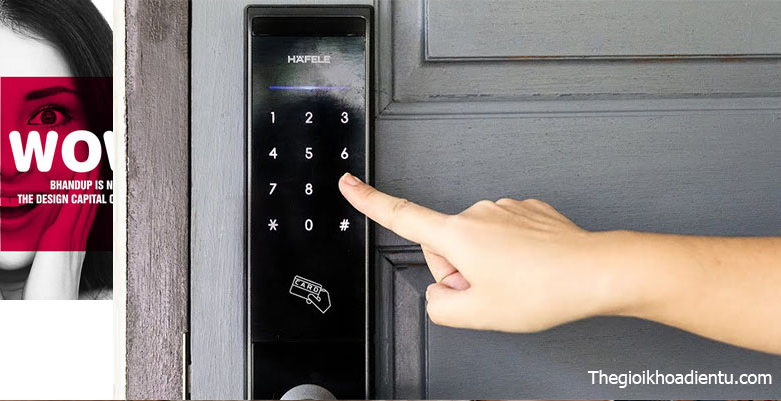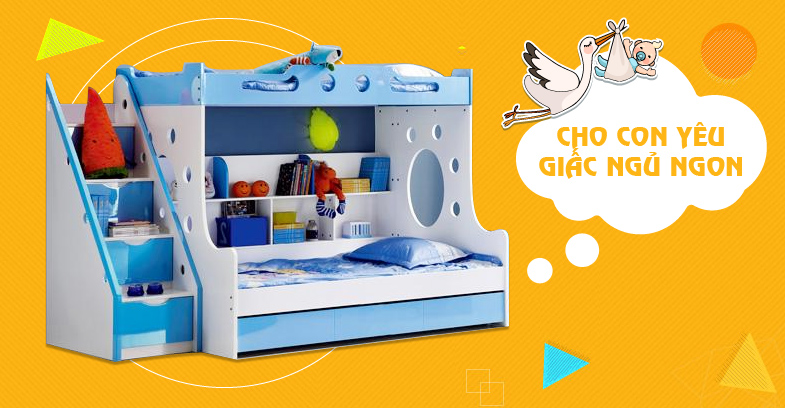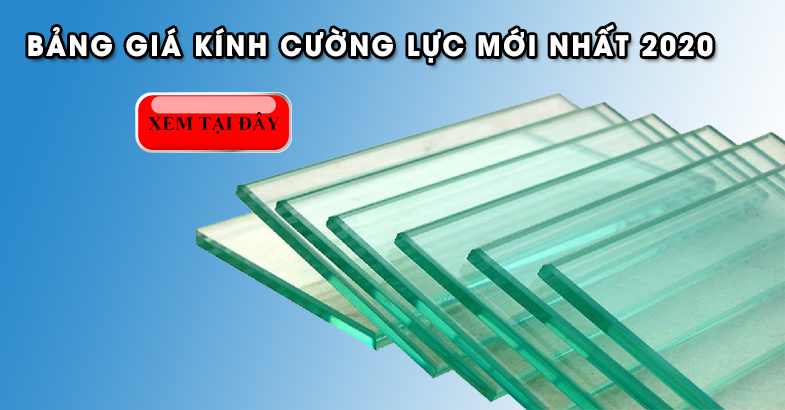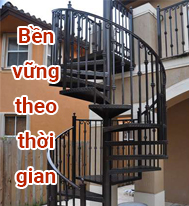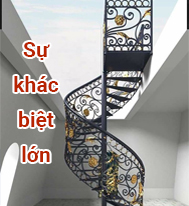The Role of Bamboo in Sustainable Architecture
As the world increasingly focuses on sustainability, architects and designers are seeking innovative materials that not only reduce environmental impact but also enhance the aesthetic appeal of structures. Among these materials, bamboo has emerged as a leading choice for sustainable architecture due to its unique properties and ecological benefits. In this article, we’ll explore the role of bamboo in sustainable architecture, highlighting its advantages, applications, and how it contributes to eco-friendly building practices.
1. Why Bamboo is a Sustainable Building Material
1.1 Rapid Growth and Renewability
One of the most compelling reasons for bamboo’s use in sustainable architecture is its rapid growth rate. Bamboo can grow up to 3 feet per day and reach maturity in 3-5 years, significantly faster than traditional hardwoods that may take decades to mature. This rapid growth makes bamboo a highly renewable resource, helping to reduce deforestation and promote environmental conservation.
1.2 Low Carbon Footprint
Bamboo’s low carbon footprint is another key factor in its appeal for sustainable building. It absorbs more carbon dioxide and releases more oxygen compared to many other plants, making it an effective tool in combating climate change. Additionally, bamboo’s lightweight nature reduces the energy required for transportation and installation, further minimizing its environmental impact.
1.3 Minimal Processing and Waste
Bamboo requires minimal processing compared to other building materials, which reduces the amount of waste generated during production. The traditional harvesting and processing methods of bamboo are also less energy-intensive, contributing to its overall sustainability. Moreover, bamboo can be used in its natural form or processed into a variety of products with minimal environmental impact.
2. Applications of Bamboo in Sustainable Architecture
2.1 Bamboo Structural Elements
Bamboo’s strength and flexibility make it an excellent choice for structural elements in architecture. It is used for building frameworks, supports, and beams, providing both durability and resilience. In countries like Vietnam, bamboo has been used in traditional construction for centuries, and its structural capabilities are being increasingly recognized in modern architecture.
2.2 Bamboo for Facades and Cladding
Bamboo is also employed in building facades and cladding, offering a natural and aesthetically pleasing alternative to conventional materials. Bamboo panels and screens can provide both functional and decorative elements, allowing for creative design possibilities while enhancing the building’s sustainability. Its natural texture and color blend seamlessly with a variety of architectural styles.
2.3 Bamboo in Interior Design
Incorporating bamboo into interior design adds warmth and texture to modern spaces. Bamboo is used in flooring, wall treatments, and furniture, contributing to a sustainable living environment. Bamboo flooring, for instance, is known for its durability and ease of maintenance, making it a practical and eco-friendly choice for both residential and commercial spaces.
3. Benefits of Using Bamboo in Sustainable Architecture
3.1 Environmental Benefits
Bamboo’s environmental benefits are significant. Its ability to regenerate quickly without the need for replanting helps preserve natural forests and biodiversity. Bamboo also contributes to soil conservation by preventing erosion and improving soil health. Additionally, its use in construction reduces the demand for non-renewable resources and promotes a circular economy.
3.2 Economic Advantages
The economic advantages of bamboo in sustainable architecture are notable. Its rapid growth and low cost of cultivation make it an affordable building material. Moreover, bamboo supports local economies in regions where it is grown, providing employment opportunities for communities involved in harvesting and processing. This can contribute to economic development and improve livelihoods in rural areas.
3.3 Aesthetic Appeal
Bamboo’s unique aesthetic qualities enhance the visual appeal of architectural designs. Its natural patterns, textures, and colors offer a distinctive look that can be incorporated into both traditional and contemporary designs. Bamboo adds a touch of organic beauty to buildings, creating a harmonious connection between the built environment and nature.
4. Case Studies of Bamboo in Sustainable Architecture
4.1 The Green School, Bali
The Green School in Bali is a prime example of bamboo’s application in sustainable architecture. Designed by architect Elora Hardy, the school features bamboo structures and classrooms that showcase the material’s versatility and beauty. The design not only highlights bamboo’s structural potential but also emphasizes its role in creating an environmentally conscious learning environment.
4.2 The Bamboo Village, Vietnam
In Vietnam, the Bamboo Village project demonstrates the traditional use of bamboo in modern architecture. This eco-friendly resort utilizes bamboo for various structural and decorative elements, blending traditional craftsmanship with contemporary design. The project highlights bamboo’s adaptability and its potential to create sustainable, culturally resonant architecture.
5. Challenges and Future Prospects
5.1 Addressing Durability and Maintenance
While bamboo offers numerous benefits, there are challenges related to its durability and maintenance. Bamboo is susceptible to pests and moisture-related issues, which can impact its longevity. However, advancements in treatment and preservation techniques are improving the material’s performance and durability. Ongoing research and innovation will continue to enhance bamboo’s viability as a sustainable building material.
5.2 Expanding Bamboo’s Applications
The future of bamboo in sustainable architecture lies in expanding its applications and exploring new design possibilities. As architects and designers continue to experiment with bamboo, we can expect to see more innovative uses and creative solutions that leverage its unique properties. The growing interest in bamboo as a sustainable material will drive further research and development, contributing to its widespread adoption in the construction industry.
Bamboo plays a crucial role in sustainable architecture, offering a range of environmental, economic, and aesthetic benefits. Its rapid growth, low carbon footprint, and minimal processing make it an ideal choice for eco-friendly building practices. From structural elements and facades to interior design, bamboo enhances the sustainability and beauty of modern architecture. As VietShopDesign continues to champion the use of bamboo in design, it reinforces the importance of integrating sustainable materials into contemporary building practices. Embracing bamboo not only supports environmental conservation but also fosters a deeper connection with nature, paving the way for a more sustainable future in architecture.
